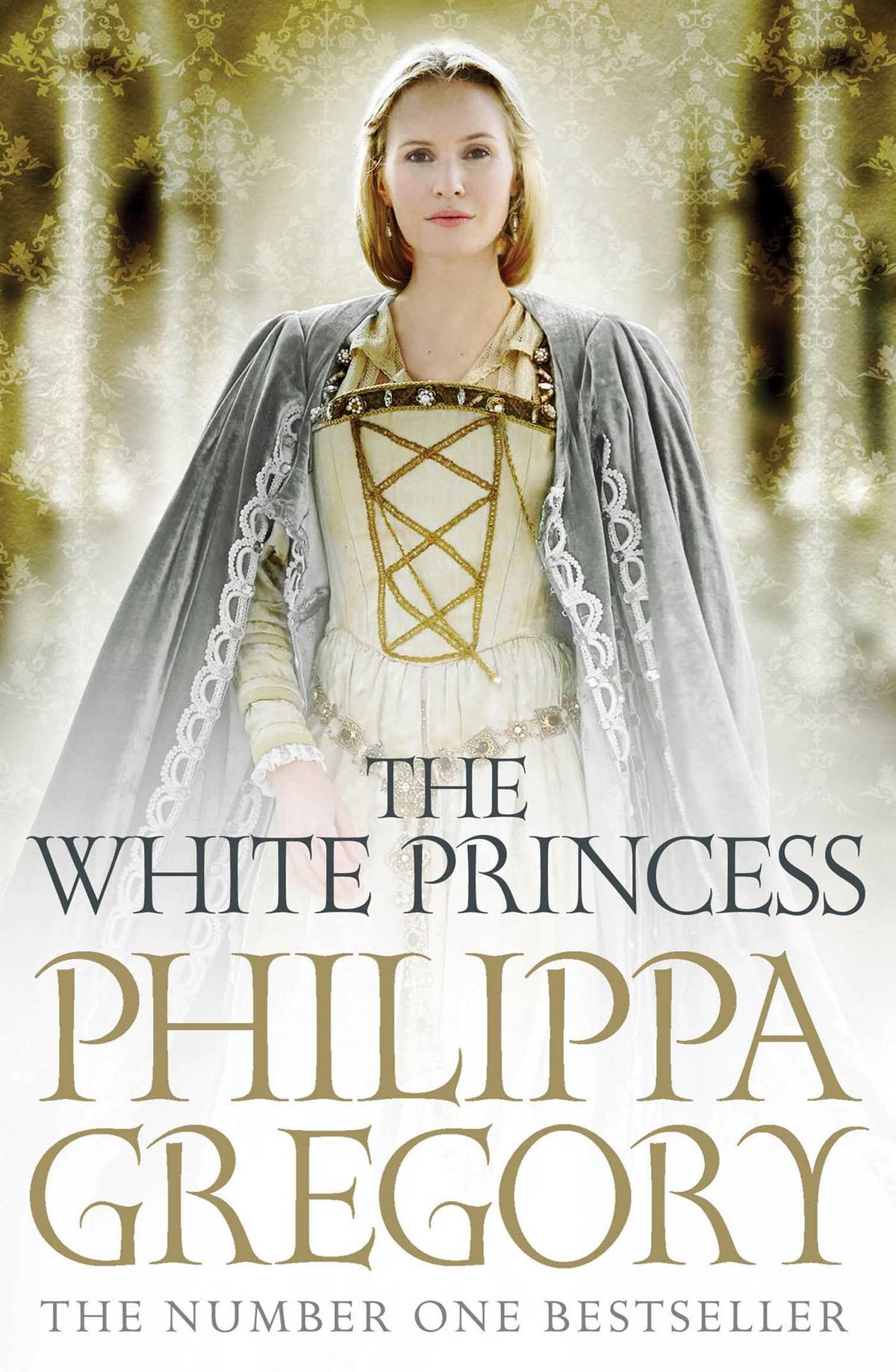Born the third daughter of Elizabeth Woodville and King Edward IV at Westminster Palace and named for her paternal grandmother, Cecily of York would become the second surviving daughter after the death of her fourteen year old sister Mary of York in 1482.
In 1474, Cecily was betrothed to the infant son of James III of Scotland. As the relationship between England and Scotland soured, this engagement became very unpopular and the agreement was broken off. In 1482, a further marriage for Cecily was considered, this time to the Duke of Albany – the exiled younger brother of James III of Scotland. Albany had recently allied himself with Cecily’s father Edward IV with an ambitious plan of taking the Scottish throne for himself, disposing of his current wife Anne de la Tour, marrying Cecily and reuniting England and Scotland. Sadly Albany’s plans were not meant to be and he died before a marriage to Cecily could take place.
Therefore Cecily, like her sisters, was unmarried when their father died in 1483 and in a very precarious position. Their mother Elizabeth Woodville fled with them into sanctuary after their uncle Richard – then Duke of Gloucester – took possession of their brother, the young Edward V, rightful successor to their father’s throne. Cecily remained with her family in sanctuary at Westminster for nearly a year until their uncle – now King Richard III guaranteed to treat the York Princesses well and marry them to gentlemen.
Following through on this promise, Richard arranged for Cecily to marry one of his supporters – Ralph Scrope of Upsall. However the arrival of Henry Tudor and his success at the Battle of Bosworth in 1485 heralded yet more change for the York sisters. After taking the English throne, the new King Henry VII himself married Cecily’s sister Elizabeth of York and then arranged for Cecily’s marriage to be dissolved, freeing her to be married to his half-uncle and favourite John Welles, Viscount Welles. These strategic marriages were intended to unite the warring houses of York and Lancaster and finally put an end to the Wars of the Roses.
Cecily’s marriage to Welles produced two daughters – Elizabeth and Anne – however neither survived to adulthood. Viscount Welles died in 1499, and Cecily’s grief at his passing was said to be considerable.
Three years later Cecily married again for a final time to a Lincolnshire squire – Thomas Kyme of Friskney. That Kyme was well below Cecily’s status and little known at court indicates that this was likely a love match rather than a strategic marriage but not all were pleased. Cecily had married without the required permission of King Henry VII and he was furious. When Henry found out about his sister-in-law’s new marriage he banished Cecily from court and confiscated the wealthy estates left to her by Viscount Welles.
After an intervention from the King’s Mother, Lady Margaret Beaufort, Cecily was allowed to retain her interests in her late husband’s estates and she and Kyme lived quietly away from court until her death in 1507 at Hatfield, Hertfordshire. Cecily was 38 years old.
There has been a longstanding rumour that in addition to her two daughters, Cecily may also have had a son – Robert Welles, who survived into adulthood and had a family. His surname would suggest that he was the son of Viscount Welles but as there was no mention of him in Welles’ will and he did not inherit the Welles titles or estates, it is highly unlikely that he was the son of John Welles. It is possible that Cecily may have had an illegitimate son who was then given the surname of her second husband however no evidence has so far been found to support this or to confirm Robert Welles’ connection to Cecily of York.
From The White Princess
Cecily makes a sulky face. In the last weeks, before Richard the king rode out to battle, he ordered her to be married to Ralph Scrope, a next-to-nobody, to make sure that Henry Tudor could not claim her as a second choice of bride, after me.
Cecily, like me, is a princess of York, marriage to any of us gives a man a claim to the throne. The shine was taken off me when gossip said that I was Richard’s lover, and Richard demeaned Cecily too by putting her in a lowly marriage.
She claims now that it was never consummated, now she says that she does not regard it, that Mother will have it annulled; but presumably she is Lady Scrope, the wife of a defeated Yorkist, and when we are restored to our royal titles and become Princesses again, she will have to retain his name and her humiliation even if no-one knows where Ralph Scrope is today.
Image: Stained glass in the Burrell Collection, Princess Cecily, daughter of Edward IV of England, via Wikimedia Commons






